Features (stepZeroR1)
- ATmega1284p Sanguino (Arduino compatible) core running at 20MHz
- Switching regulator DC-DC converter to power the RPi (1.5A OKI-78SR)
- Communicates to RPi via UART to upload firmware and connect to OctoPrint
- Headers for three StepStick stepper drivers (micro step adjusted via solder jumbers)
- Connectors for three end stop limit switches
- Four expansion ports (I2C based) for driving extruders, heated bed, spindle, etc
 Mo Badr
Mo Badr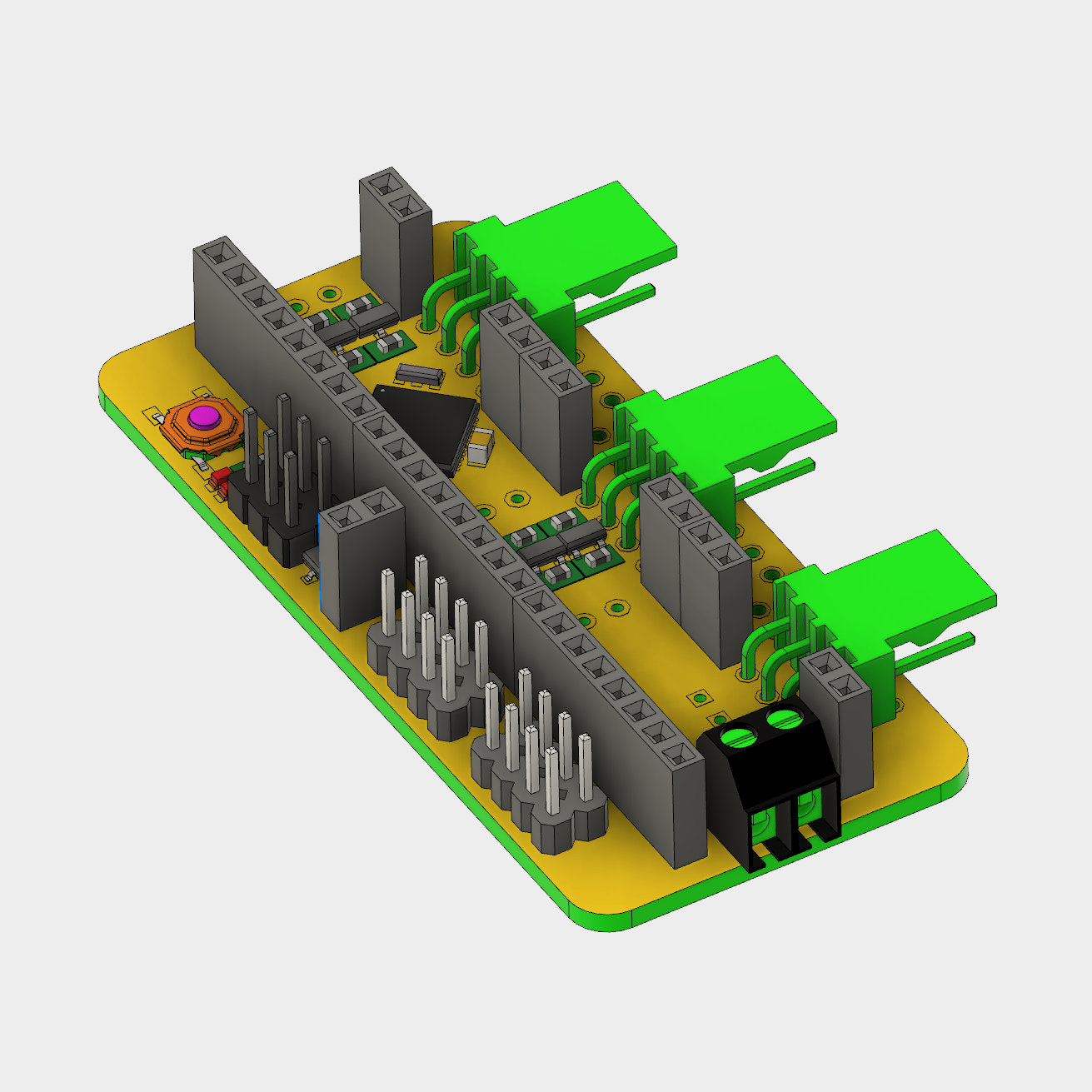


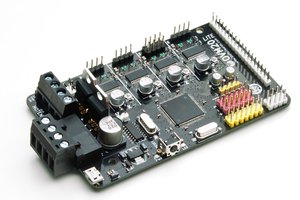
 derethor
derethor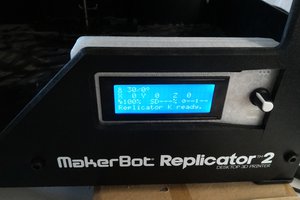
 Uriel Katz
Uriel Katz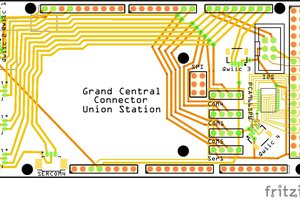
 bobgreenwade
bobgreenwade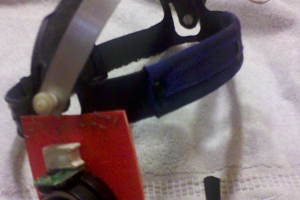
 Alastair Young
Alastair Young
You should check out https://github.com/KevinOConnor/klipper for software juiciness.